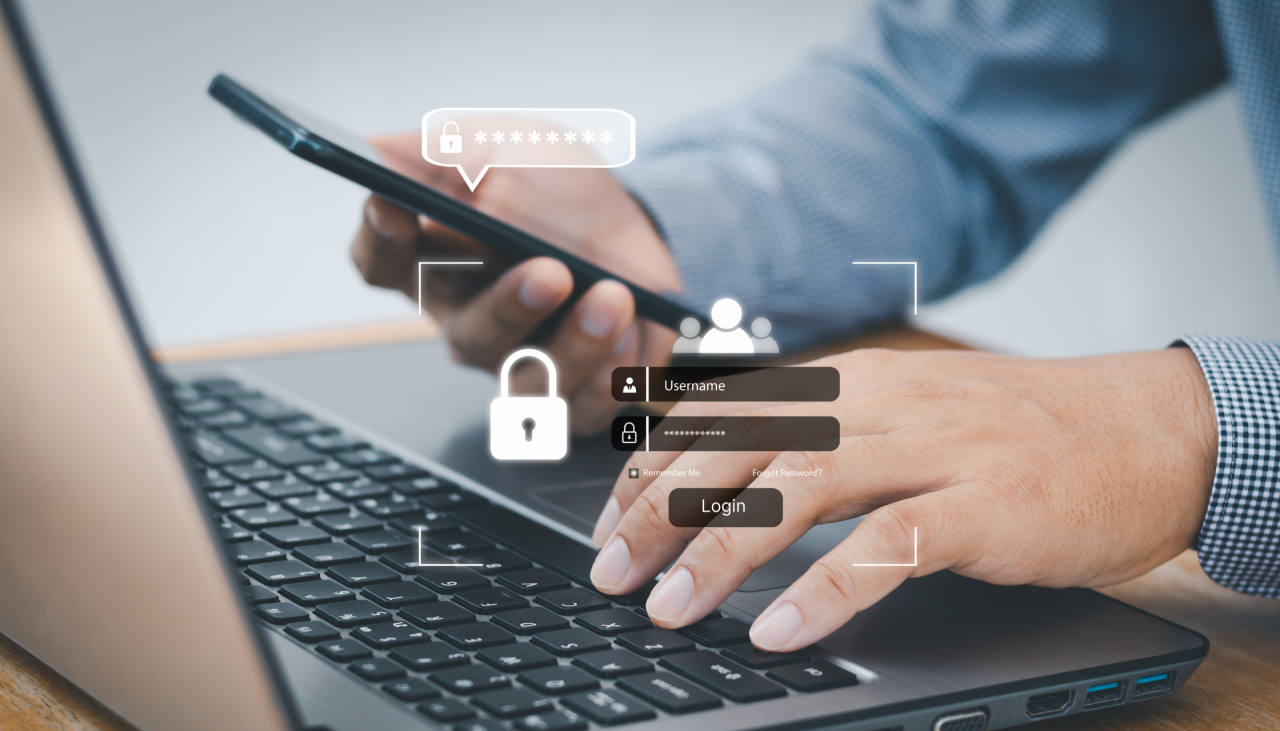How communication is rapidly evolving:
We have seen an explosion in the ways we communicate, and, in the ways, we use these forms of communication. The last few years have seen people that would have rather picked up their land line, now reaching for their laptop or tablet to make a video call.
Our original and oldest form of distant communication, the letter, has been branded snail mail and the volume of snail mail has steadily decreased to the point that the humble letter box is on the verge of redundancy.
We have transitioned from the art of formal letter writing, taught with passion by our English teachers, to communicating in text or even emojis. We are evolving not just our means of communication but also the way we use these tools.
What does this mean for Business?
In Business, while an initial introduction is more commonly made in person or by voice, further contact takes the form of electronic mail. Leading to a bombardment of the recipient’s inbox and the frustration of unread emails at the end of the working day. It is true to say that if our humble letter box had to deal with our daily volume of mail, it would have long since collapsed to the ground.
How do we deal with all our email?
The first thing is to ask ourselves is “Should this communication take the form of an email?”. If you yourself are not part of the solution you are part of the problem. Solve as much of the problem at the source not at the destination.
If your email is urgent, short, or to a large audience question the medium you are using. Would communication be better served by picking up the phone, chatting in teams, or holding a team’s meeting/presentation.
When should I use email?
We all unconsciously know that email is great when we need a record of a communication, date or action. For example, if I was to respond to a work order or quote, I would reply via email and simultaneously schedule a task. If I was going to tell a colleague a joke or organize a get together, I would do that in person via voice or message via teams.
A matter of Etiquette:
Remember to use email to “create a record or reminder”. There are certain things that you can do to ensure your message is heard. Be concise, proofread in the voice of the receipt so you more accurately convey the tone you intended. Use a grammar checker as well as a spell checker.
If you are asking a question, use a question mark? If you require a response, say so.
Ensure you have a email signature on new emails and a shorter signature on forwards and replies.
If your email recipients need to contact you outside email, how hard are you making it for them? I would personally question the practice of having your email address in your email signature. Use a relevant subject line. “Meeting request” vs “26th May at 4pm re Communication is Key!” make your email easy to search for!
To CC or not to CC that is the question?
Using the carbon copy (CC) field is the most abused part of the email. It is NOT to shame the recipient into action it’s to record other parties to the action when they do not directly have to participate in the email. I encourage this behavior by doing the following.
Sorting your inbox:
Which brings me to organizing my inbox. How can I work more efficiently, giving emails the priority, they deserve?
I take an email which has me cced as not requiring my immediate attention, I have created a rule within Outlook to move these to another folder called CCED emails. I can make this rule as simple or as complex. If the cced email has a mention of me in it, or is mark high importance, I can ignore my move rule. I do the same for group, broadcast or send to all emails.
When it comes to the external mail, I have rules that sort emails by sender and or subject line. For example, an email from an IT alliance member with the subject containing “communication is key” goes to “webinar blogs” folder in the sub folder “ITA”.
How you build your rules is up to you and it does take some initial work and experimentation, but the gains will be worth it.
Case Study:
A great example is a company in New Zealand that uses some of the AI engine’s ability to determine a customer’s tone in an email to prioritize unhappy customers allowing them to be more responsive when required. It can also be implemented to send an automatic response such as “we are sorry to hear about your recent experience with Contoso and would like to speak with you to resolve this issue at your earliest convenience. Please press here to schedule a call with our team.
Can I have emails go to a team?
Of course. If you have all the sales team respond to emails sent to [email protected] then you can have a shared mailbox. Members that are granted access to the shared mailbox can be setup to send as [email protected] or as themselves [email protected] , however a shared mailbox does require its own license.
What about a public folder?
A public folder is designed for shared access across the whole organization, it can be enabled with a mail address so that when added to the address field can be forward to a folder for centralized record keeping but it does not allow controlled access, hence public.
Email Security
As with phones and postal services there will be abuse. The more a communication tool is used the more likely some people will see an opportunity to scam others.
As “email is a record” as postulated earlier, do you retain and control access to these records. Do your emails contain personally identifiable information or other forms of sensitive information? How can you ensure emails are not sent to the wrong person?
Digital communications are more secure than physical forms of communication as technology “can” ensure trust and authentication at every step of the path between sender and recipient. I stress the word “can” in the previous sentence!
Encrypted Email
I am sure that you may be surprised to learn that you can encrypt your email so only the intended recipient can read it. Even more surprising you can encrypt the email so it can not be forwarded. printed or copied. You can even stop sensitive information being sent outside of the organisation automatically. Technology is available to digitally sign all email from your business to stop imposters posing as your business via email. Technology can check links and attachments in emails for malicious behaviour.
What Next?
Casting the human eye over an email, no matter how much training they received, will never match the ability of the technology to weigh the huge amount of data necessary to make a good decision.
Technology can make our digital communication more secure, as with all communication it is up to us to evolve to use our tools to their full potential. Talk, email, send a letter (!), or message the team at GTB to discuss how to take your next step.




